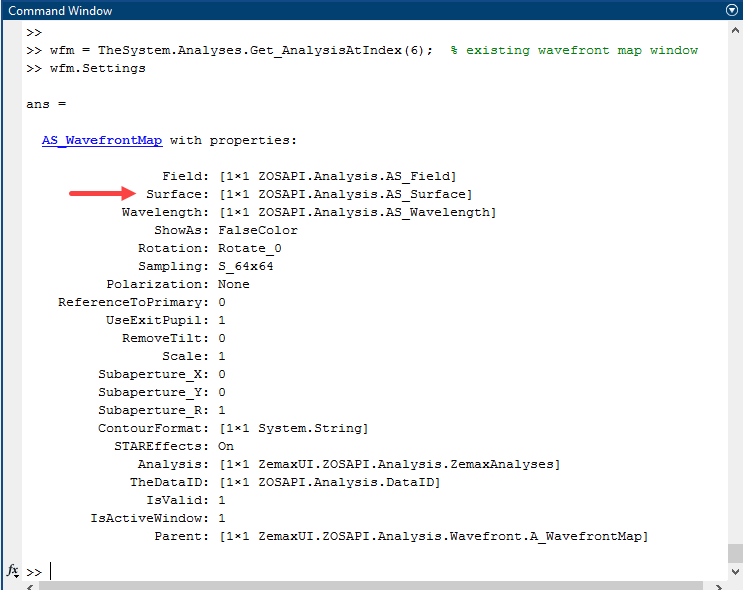Hello,
Many Zemax operands are designed for the Image plane, but the intermediate surfaces are of an interest. For example, the wavefront in the collimated space could affect the spot size in an imaging system. The wavefront operands work on the image plane, so for an intermediate surface we could open a Wavefront Map analysis window for the surface of interest. This works only for one instance, but for design and tolerance analysis is there a method in ZPL?
Seems like there are ZPL commands to change the analysis window settings, save the data, open the data, and retrieve a specific text string, but is there a more direct way to retrieve an analysis window value?
Maybe I just missed the few key ZPL commands, if there was a way. This would be useful for other operands specifically designed for the Image plane.
Regards,
Nathan








